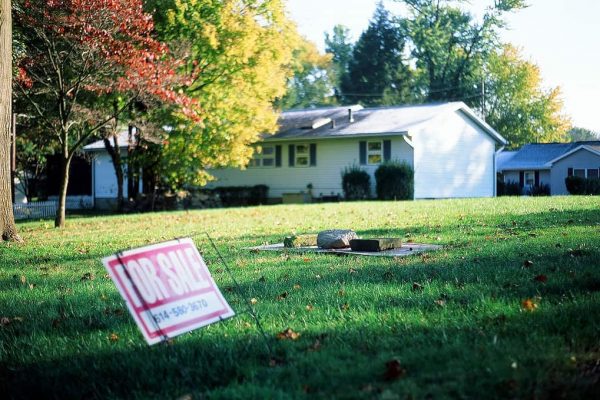When purchasing a new home, it is critical to remember that the listing price is not the only money owed. If a house is listed at $220,000, the end cost will be more than that figure alone. There are taxes owed to the local and state (sometimes even Federal) government, fees to the various lenders and organizations involved, and assorted costs that you will likely end up needing from contractors.
Taxes
The main tax that will apply to every homeowner is of course property taxes. These will vary based on your state and local government. Use a website like this one to decide what you will have to pay. The important thing to remember is that you will owe money to both your state AND local government.
Another tax that will apply to homeowners selling their home at a certain level of profit is capital gains. However, there was a bill passed in 1997 that exempts singles from paying capital gains on the first $250,000, while married couples enjoy that exemption on the first $500,000.
Fees
Depending on the neighborhood you live in you may need to pay Homeowner’s Association dues. These will be outlined in your house contract, or at least if you are in an association or not. You can get the fee schedule, and any fines and their costs from the group.
An appraisal will be required by many lenders to verify the amount you are asking for is what the house could go for on the market. This is because if you default on their loan, they want to ensure they can get their money back if they have to foreclose your house.
Another lender related cost is private mortgage insurance, required for anyone taking out any loans. PMI is insurance that insures that if you default on your loan, the lender can get all of their money back. Another insurance that is required by lenders is homeowner’s insurance. Homeowner’s insurance makes sure that the owner is protected from any property loss or liability issues, like a lien (owed money) that any initial scans didn’t catch. The last lender related cost we will be covering is the credit report fee. These can range, but the buyer is normally always the one to cover the fee.
Costs
While it may seem obvious, it is important to take stock fully to make sure you have your finances are in order. This includes moving costs, which are far higher if you are moving across state lines. Another cost is any contractor repairs that are needed to be done, especially if you get a fixer upper. Also think of furniture, though that is a no brainer. The one that can be a big cost is switching over any utilities or setting up an account, and paying the ongoing costs related to said utilities.
By keeping all of these in mind, you can ensure that hidden fees don’t bankrupt you when trying to stay in your dream house. If you’re looking to purchase a home in San Marcos, TX or the surrounding areas, contact The Damron Group REALTORS® today to discuss finding the perfect house that won’t surprise you with hidden fees and costs – we can help you figure out more accurate final costs!



